How to Remove Lichen From Roof Tiles and Outdoor Surfaces

by
Wet & Forget
(IC: professional)
There’s nothing to like about lichen. Especially when it invades on your home’s outdoor surfaces. This ugly growth spreads across roofs, walls and sidewalks with strands or “fingers” holding on with a powerful grip. Here’s the lowdown on lichen and how to kick it to the curb with Wet & Forget Outdoor.
What is lichen?
Is it harmful? Should I remove it?
How do I get rid of lichen?
Why is Wet & Forget Outdoor the Best Way to Remove Lichen?
Enjoyed the project?
Published June 9th, 2016 9:00 AM
Comments
Join the conversation
1 comment
-
 Jennifer
on Dec 15, 2023
Jennifer
on Dec 15, 2023
I advise you to use ‘’Roof Protect’’ that emulsifies impurities, provides an improved surface by effectively removing oil, grease, mildew, dirt, and other soils from the roofing membrane. It also contains a mildew ide to kill any mold spores on the roof easily. I highly recommend this amazing cleaner to everyone.
-



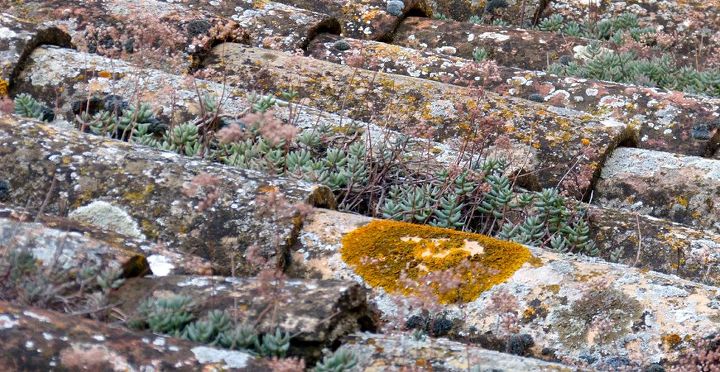



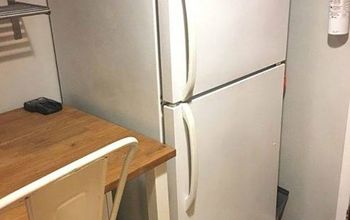




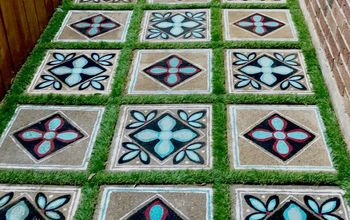

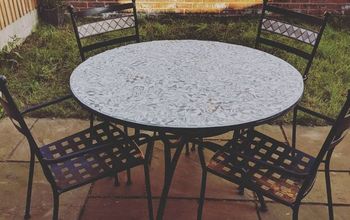
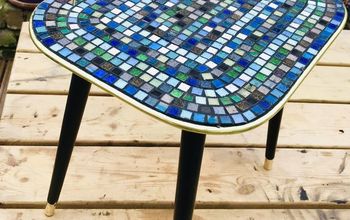

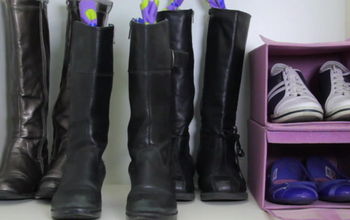
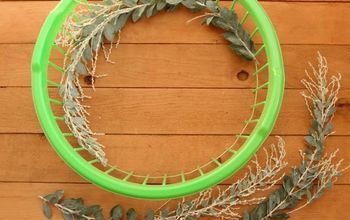
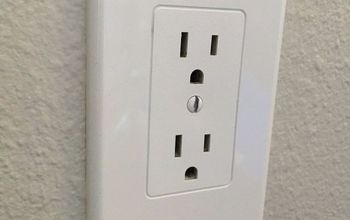

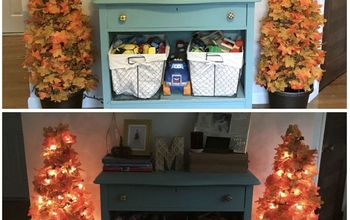



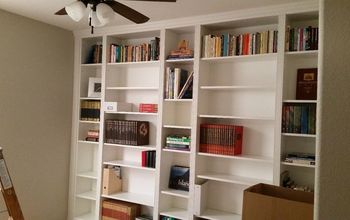




Frequently asked questions
Have a question about this project?